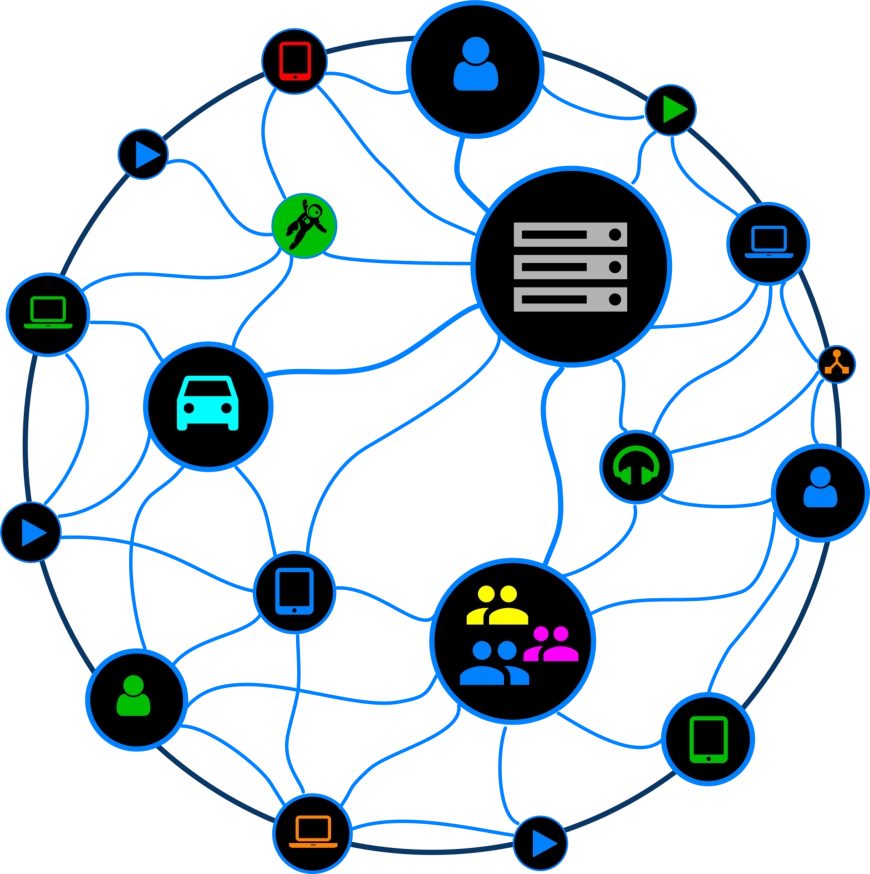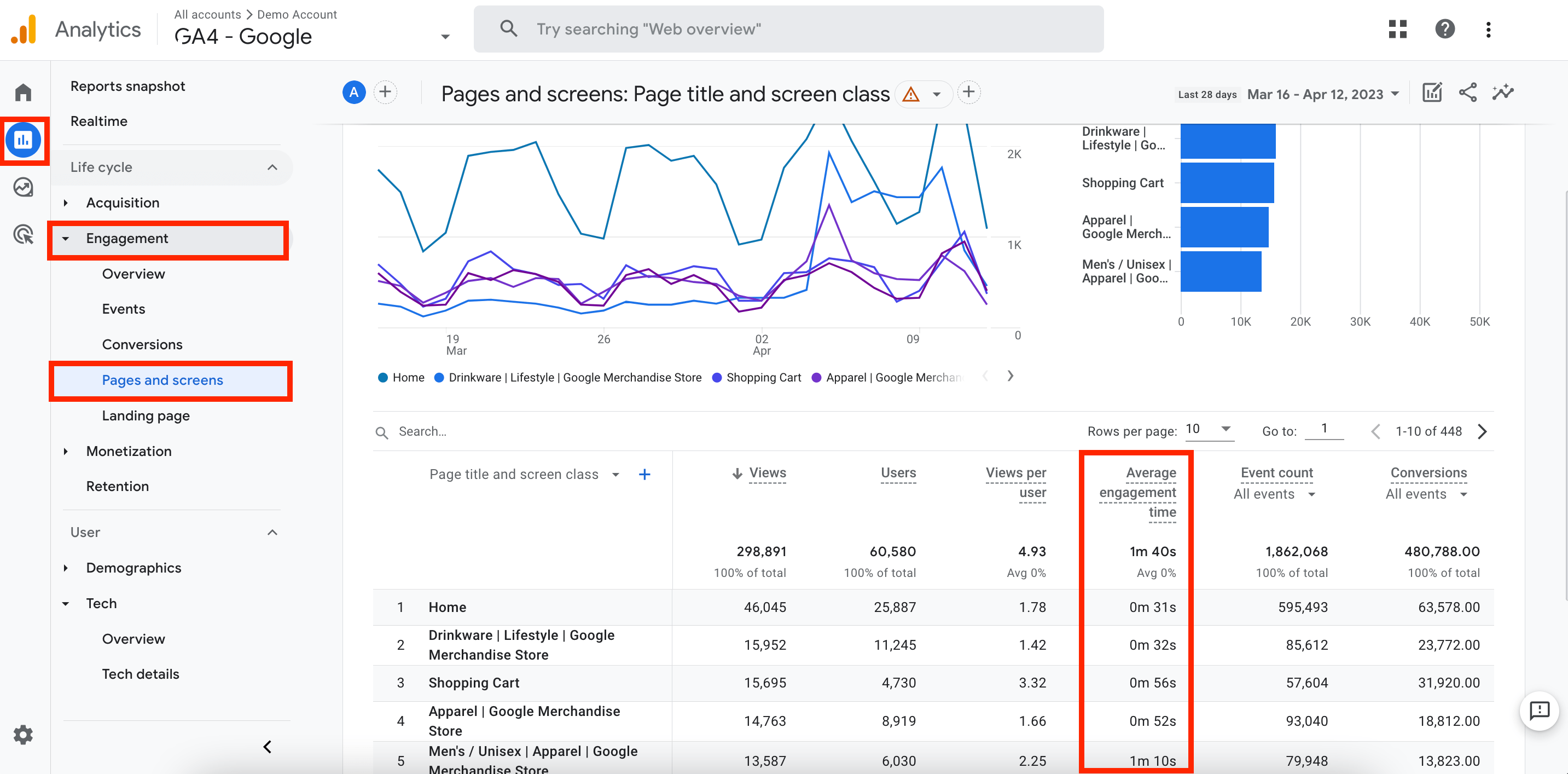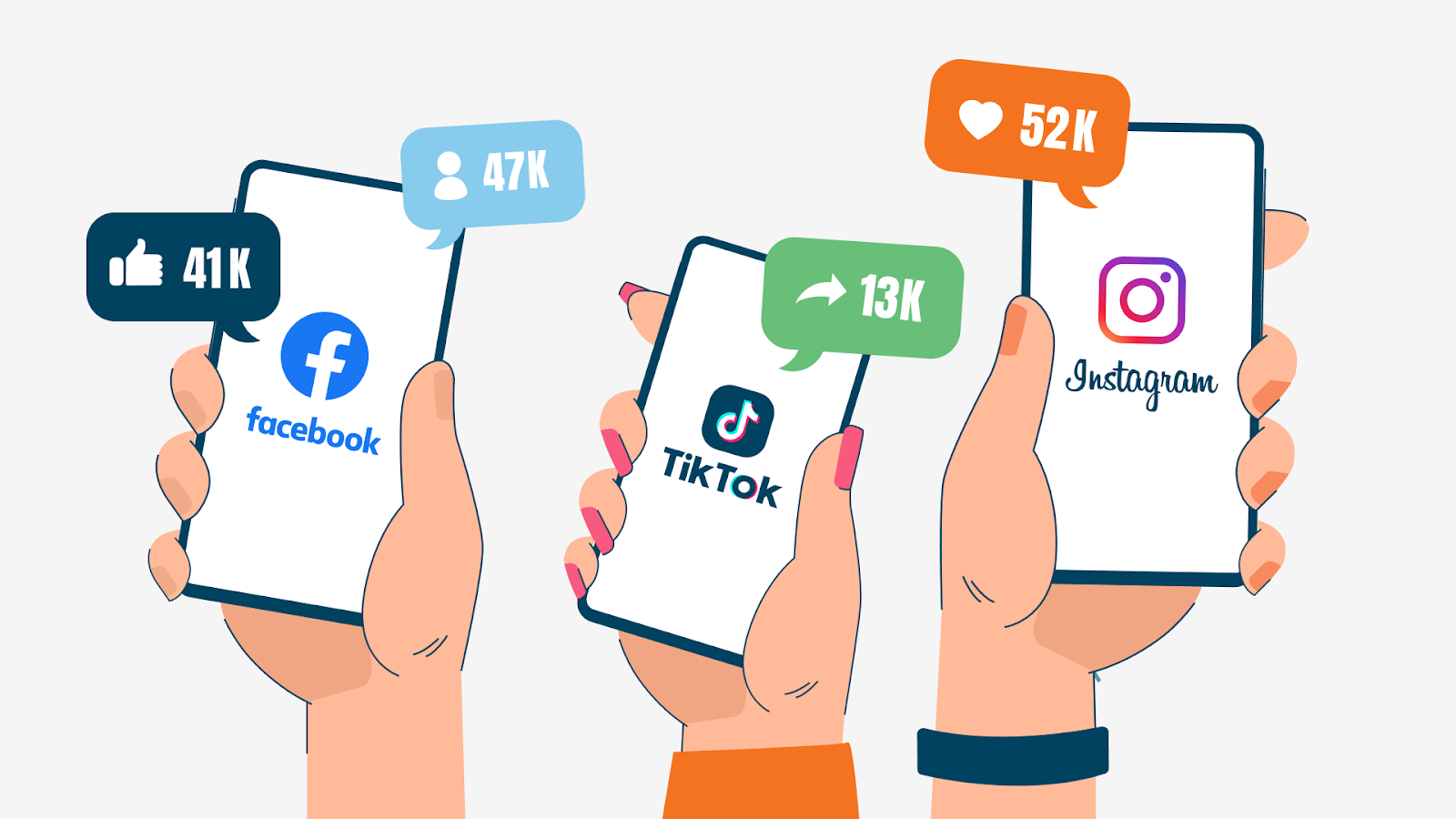Forums
Welcome to the Internet frontpage discussion billboard, the best place to discuss topics with other users ranging from marketing, technology, health, beauty, entertainment etc.
What Is Digital Marketing? Comprehensive Guide for Beginners and Professionals (2025 Edition)
Discover what digital marketing is in 2025 — a complete, beginner-friendly guide covering SEO, content, social media, PPC, email, and more. Learn proven strategies, tools, and future trends to grow your business online.
Introduction
In today’s fast-paced digital economy, marketing has evolved far beyond billboards and radio jingles. Businesses now connect with customers through screens, social media feeds, emails, and search results. This evolution gave birth to digital marketing — a dynamic and data-driven way to reach, engage, and convert audiences online.
Digital marketing blends creativity, strategy, and technology to deliver the right message to the right people at the right time. Whether you’re a business owner, student, or marketing professional, understanding digital marketing in 2025 is no longer optional — it’s essential.

What Is Digital Marketing?
Digital marketing refers to the promotion of products, services, or brands using digital channels such as websites, search engines, social media, email, and mobile apps. Unlike traditional marketing, which relies on physical media, digital marketing allows precise targeting, measurable results, and real-time communication.
At its core, digital marketing aims to:
-
Increase online visibility.
-
Generate leads and conversions.
-
Build relationships and trust with audiences.
-
Optimize marketing ROI using data-driven decisions.
In short, it’s about meeting your audience where they already spend most of their time — online.
Why Digital Marketing Matters in 2025
As of 2025, over 5.3 billion people are active internet users, and global e-commerce continues to grow at double-digit rates annually. This makes digital channels the most powerful marketing platforms ever created.
Businesses use digital marketing to:
-
Reach global audiences at lower costs.
-
Personalize messages and offers.
-
Track every click, impression, and conversion.
-
Compete with larger brands through smart strategies rather than large budgets.
In an era dominated by AI tools, mobile-first browsing, and short-form content, the brands that adapt fastest gain the competitive edge.

The Core Types of Digital Marketing
Digital marketing includes multiple disciplines that work together to form a complete strategy. Below are the key components every marketer should understand:
1. Search Engine Optimization (SEO)
SEO is the process of improving a website’s visibility on search engines like Google. It involves keyword research, technical optimization, and content strategy to attract organic (unpaid) traffic.
Core aspects:
-
On-page SEO (content and HTML optimization)
-
Off-page SEO (backlinks and authority building)
-
Technical SEO (site speed, structure, indexing)
-
Local SEO (optimizing for local search results)
SEO remains one of the most cost-effective and sustainable ways to build online presence.

2. Content Marketing
Content marketing focuses on creating and distributing valuable content to attract and retain a target audience. This can include blog posts, videos, infographics, whitepapers, and podcasts.
Goals:
-
Build trust and authority.
-
Educate and entertain the audience.
-
Drive organic traffic and conversions.
Modern content marketing leverages storytelling, data visualization, and AI tools to deliver more personalized experiences.
3. Social Media Marketing
This involves promoting a brand on platforms like Facebook, Instagram, X (formerly Twitter), LinkedIn, TikTok, and YouTube.
Key strategies:
-
Creating platform-specific content.
-
Engaging followers through comments and messages.
-
Running paid social ads for targeted reach.
-
Measuring performance via engagement metrics.
Social media isn’t just for visibility — it’s where brands build community and loyalty.

4. Email Marketing
Email marketing remains one of the highest ROI channels in digital marketing. It enables direct communication with customers and prospects through personalized campaigns, newsletters, and promotions.
Best practices:
-
Segment audiences for relevance.
-
Craft engaging subject lines and visuals.
-
Automate campaigns using behavioral triggers.
Modern tools like Mailchimp, HubSpot, and ConvertKit make email campaigns smarter and more data-driven.
5. Pay-Per-Click Advertising (PPC)
PPC refers to paid advertising models where marketers pay each time someone clicks on their ad — commonly through Google Ads, Bing Ads, or social platforms.
Advantages:
-
Instant visibility.
-
Precise targeting by location, device, or keyword.
-
Full control over budget and performance metrics.
Effective PPC combines keyword research, ad copywriting, and conversion rate optimization (CRO).
6. Affiliate Marketing
This model rewards partners (affiliates) for driving traffic or sales to a business through unique referral links.
Example: Bloggers or influencers promoting a product and earning a commission per sale.
Affiliate marketing helps businesses scale quickly without upfront advertising costs.
7. Influencer Marketing
Brands collaborate with influencers who have established credibility in specific niches. Influencer campaigns can increase brand awareness and drive authentic engagement.
Tip: Micro-influencers (with smaller but highly engaged audiences) often deliver better ROI than celebrities.
8. Mobile Marketing
With mobile devices accounting for over 70% of web traffic, optimizing for smartphones is crucial.
Mobile marketing tactics:
-
SMS and WhatsApp campaigns.
-
Mobile-optimized landing pages.
-
In-app advertising.
-
Geo-targeting and push notifications.

9. Video Marketing
Video content dominates the internet. Platforms like YouTube, TikTok, and Instagram Reels are powerful tools for storytelling and brand exposure.
Effective video content includes:
-
Tutorials and product demos.
-
Behind-the-scenes clips.
-
Customer testimonials.
-
Educational explainers.
Short-form videos are great for awareness, while long-form content builds authority.
The Digital Marketing Funnel Explained
The digital marketing funnel represents the journey a customer takes from discovering your brand to becoming a loyal buyer. It typically includes:
-
Awareness: Attracting potential customers via SEO, social media, and ads.
-
Interest: Educating through blogs, videos, or email content.
-
Consideration: Presenting detailed solutions, case studies, or testimonials.
-
Conversion: Encouraging purchases through offers, landing pages, or CTAs.
-
Retention: Maintaining engagement via loyalty programs, newsletters, and follow-ups.
Measuring Digital Marketing Success
One of the biggest advantages of digital marketing is measurability. You can track every step of your campaign using analytics tools.
Key metrics include:
-
Website traffic (sessions, users, sources)
-
Conversion rate
-
Cost per acquisition (CPA)
-
Return on ad spend (ROAS)
-
Engagement rate
-
Customer lifetime value (CLV)
Tools like Google Analytics 4, HubSpot, SEMrush, and Ahrefs provide deep insights for data-driven decision-making.
Future Trends in Digital Marketing (2025 and Beyond)
The digital marketing landscape continues to evolve rapidly. Here are major trends shaping the future:
-
AI and Automation: Smarter content generation, personalization, and predictive analytics.
-
Voice Search Optimization: More users rely on voice assistants for queries.
-
Privacy-First Marketing: Stricter data regulations (GDPR, CCPA) require transparent tracking.
-
Interactive Content: Quizzes, polls, and AR/VR experiences increase engagement.
-
Sustainability Marketing: Consumers value brands that promote environmental responsibility.

Conclusion
Digital marketing is not just a skill — it’s a language of modern business. Whether you’re building a personal brand, launching a startup, or scaling a corporation, mastering digital marketing in 2025 means understanding your audience, choosing the right channels, and combining creativity with analytics.
The internet is the new marketplace. Those who adapt, innovate, and stay data-driven will always have the advantage.


